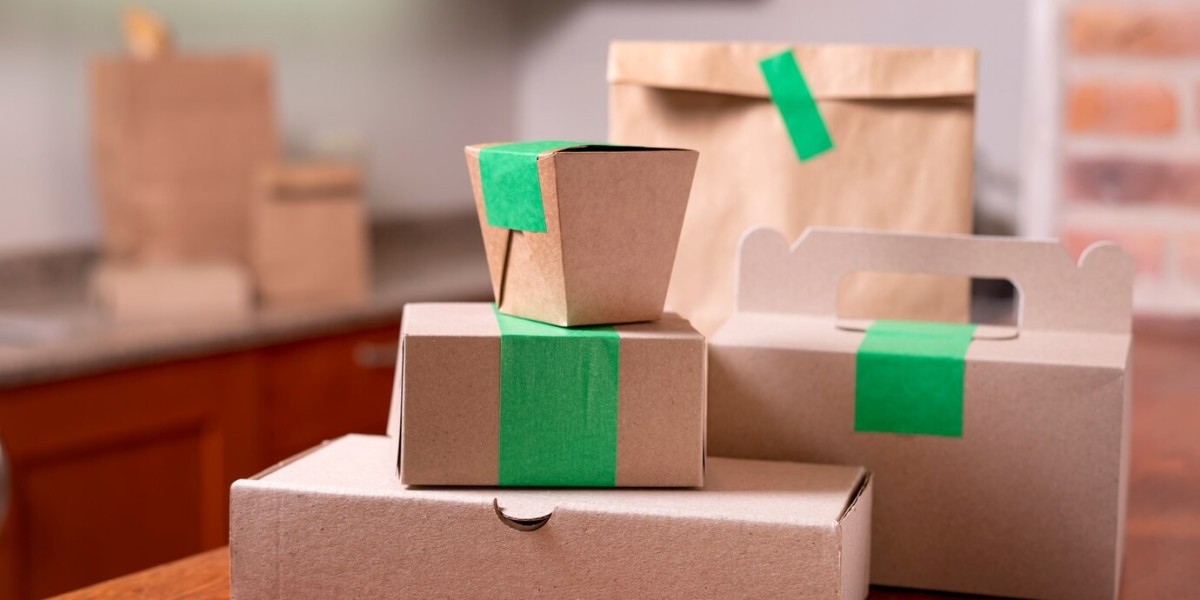With rising environmental consciousness, consumers and businesses are now actively seeking ways to minimize their ecological footprint. This has seen one of the most drastic changes in packaging. Conventional packaging systems, which often utilize plastic and other non-biodegradable materials, have been obviously detrimental to the ecosystem.Eco friendly packaging materials, however, are being increasingly advocated as some sort of environmentally viable solution for firms that want to protect the planet while also satisfying consumer expectations.
Why Eco-Friendly Packaging Matters
Packaging is important for product presentation, protection, and delivery. Yet excessive and unsustainable packaging has produced ever more waste for landfills and oceans. Eco-friendly packaging materials reduce waste, combat carbon emissions, and conserve certain resources—this is, of course, in line with consumers' growing demands for sustainable practices.
When it comes to the choice of sustainable packaging, it is not just environmental ethics; instead, it is sound business practice. Companies practicing eco-friendly behavior become more attractive in terms of customer loyalty, public perception, and competitive advantage in environmentally conscious markets.
Some Eco-Friendly Packaging Materials
The variety of sustainable materials available has some unique features based on their uses and advantages:
Recycled Paper and Cardboard
Among other recycled eco-friendly materials, recycled paper and cardboard are mostly made from post-consumer or post-industrial wastes. Biodegradable and recyclable, they find a wide spectrum of applications in packaging, from product cartons to wrapping materials.
Corrugated Cardboard
Strong and infinitely recyclable, corrugated cardboard is the perfect choice for shipping and transport packaging. It's lightweight yet sturdy and often made of recycled materials.
3. Biodegradable Plastic
Biodegradable plastic from renewable sources such as corn starch or sugarcane undergoes the natural process of decomposition in a composting environment. It can serve as an alternative for conventional plastic when used for items such as bags, trays, and containers.
4. Compostable Packaging
Compostable materials would usually break down entirely into non-toxic components in a compost environment. Materials such as PLA (polylactic acid), mushroom packaging, and plant-based foams are notably gaining traction for custom packaging systems.
5. Glass and Aluminum
Glass and aluminum can be recycled in an infinite amount of times without compromising on quality. They may not be biodegradable, but they sure are a sustainable option for the packaging of beverages, cosmetics, and food products.
6. Organic Fabrics
Materials such as cotton, jute, and hemp are renewable and biodegradable, appropriate for reusable bags or wraps that add a premium eco-conscious presentation touch to the products inside.
Design consideration for sustainable packaging
According to Balanced Design, using sustainable materials along with other sustainable design principles is not enough. It will also include:
Minimalism: Only as much as necessary; less material means less waste.
Reuse: Designing packaging so that it serves purposes beyond the initial one.
Clear Labelling: Educating consumers about recyclable or compostable parts.
Flat-Pack Structural Design: Space-saving designs that would reduce shipping costs and energy.
Pathway to a Greener Future
Transitional to an Eco friendly boxes for food material is a reasonable step forward into sustainability. It is a move forward for businesses, customers, and the environment. Now as awareness increases globally concerning ecology, businesses will not only care for the earth but create lifelong trust and credibility with their audience when going green.








